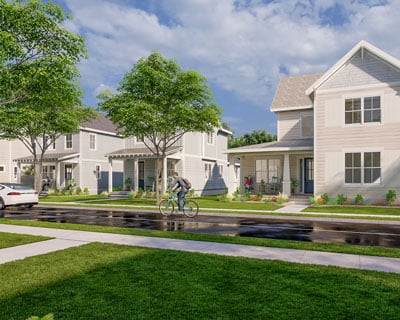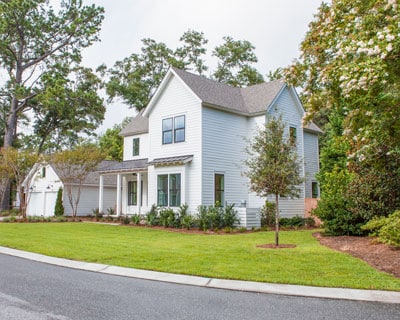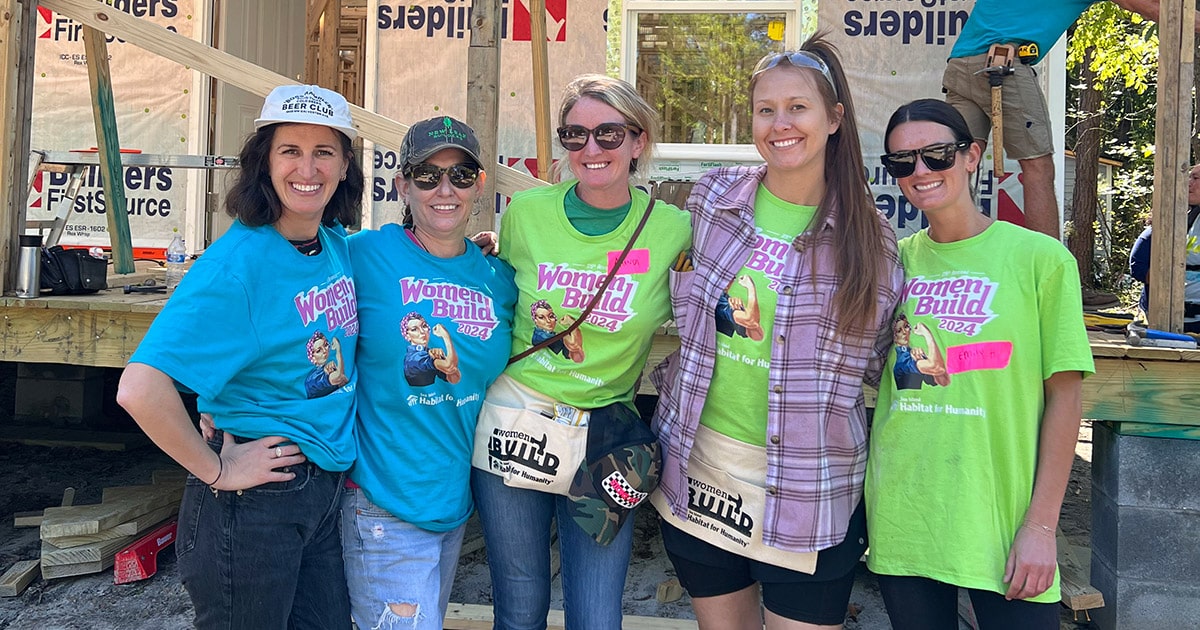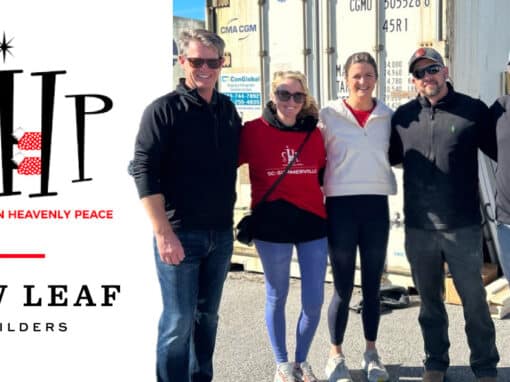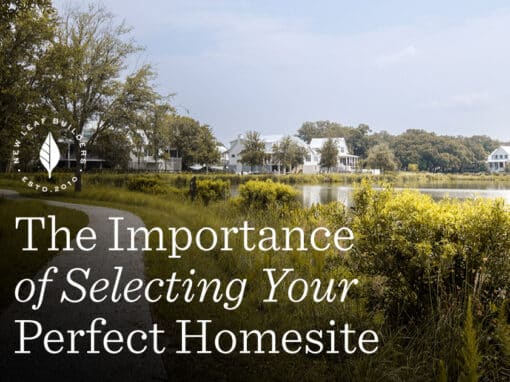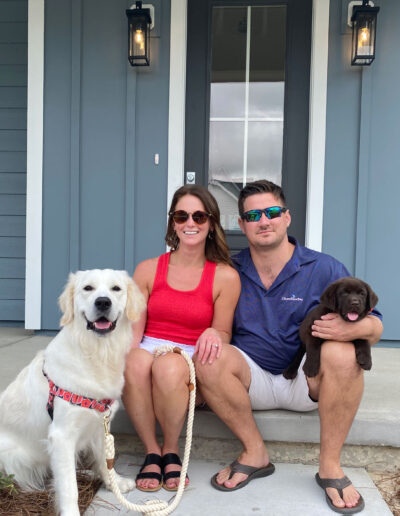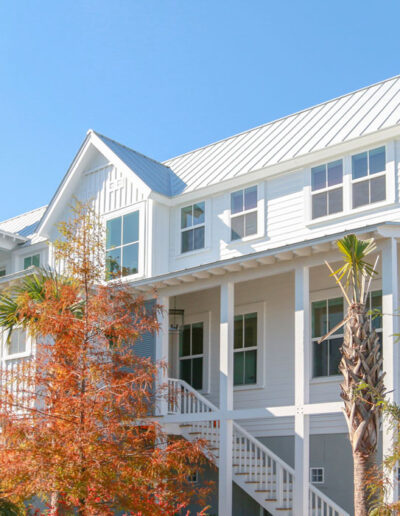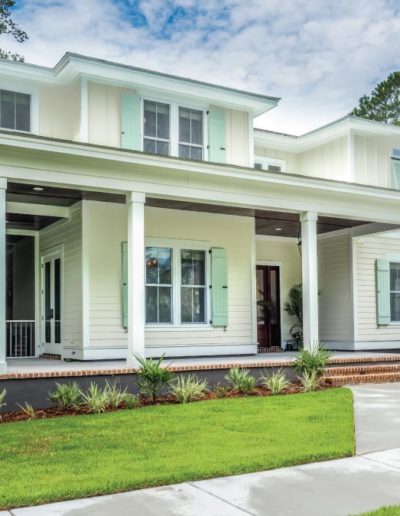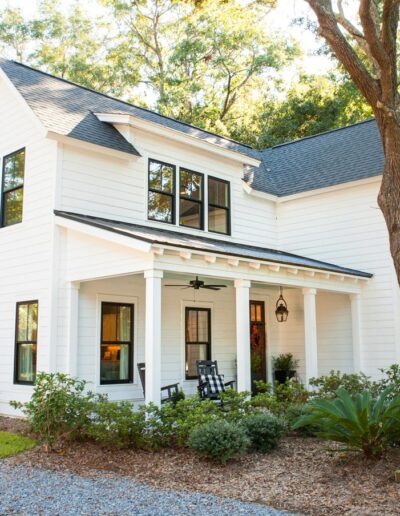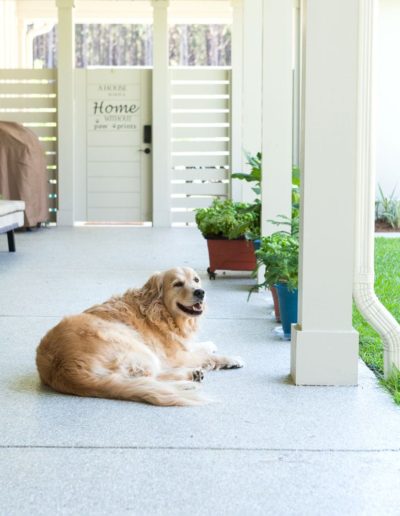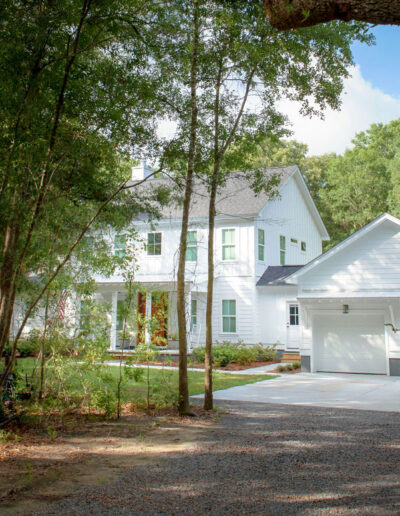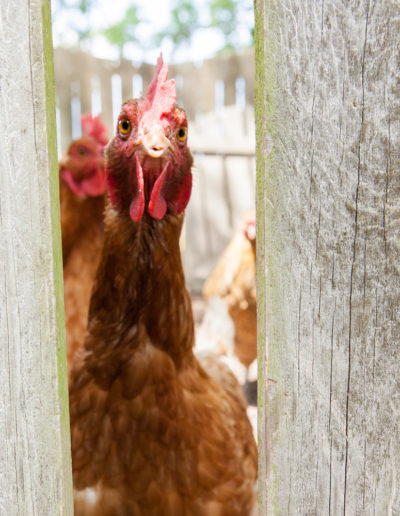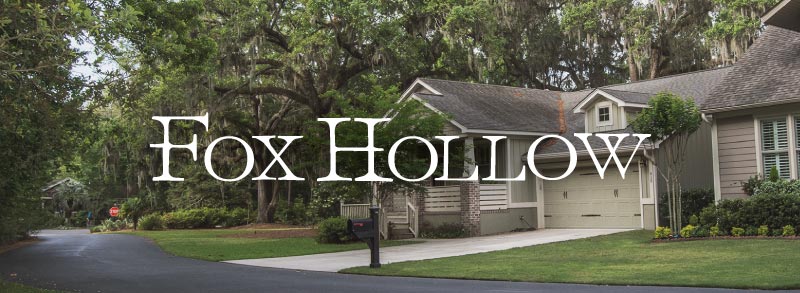
When building our James Island community Fox Hollow, our goal was to modify the land as little as possible, and retain the land’s natural, healthy ecosystem. New Leaf Builders wanted to create a low impact development that protects the trees, wetlands, and topography of the site. Unlike conventional development, where mass grading is common, at Fox Hollow the land has been highly conserved – only enough land for the houses and roadway were cleared. Narrow streets and driveways reduce impervious cover in the development. Rather than relying on pipes, a bioswale system conveys stormwater. Bioretention cells replace stormwater ponds.
“As a low impact development, Fox Hollow is designed to work with — not against — the land itself, and to go above and beyond the typical measures of sustainability,” says Josh Robinson of Robinson Design Engineers, New Leaf’s engineering partner for Fox Hollow.
“The primary goal is to modify the land as little as possible, so that a natural, healthy ecosystem remains intact,” he says.
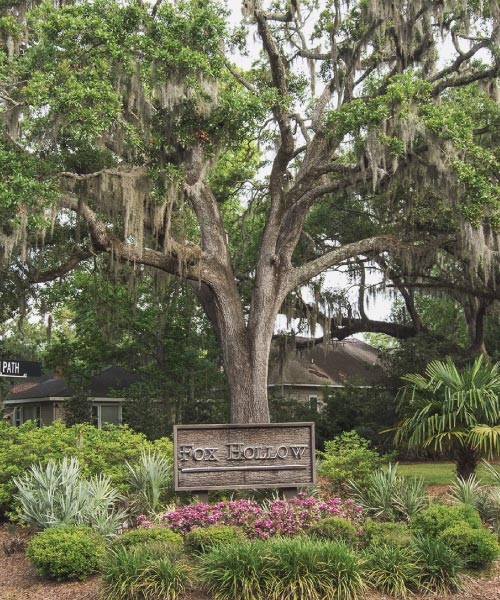
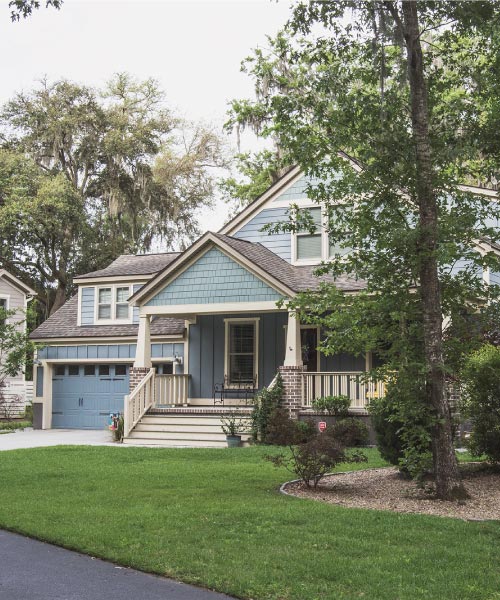
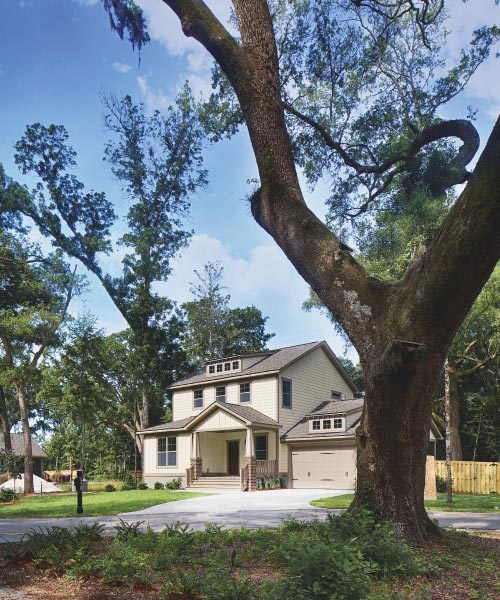
In doing this, the National Wildlife Federation designated nine-lot community as a “certified wildlife habitat.” To gain the designation, we had to show the property would be preserved and maintained for the effective cohabitation of wildlife.
“One of the core values at New Leaf Builders is to maintain the natural integrity of any area where we build,” says co-owner Adam Baslow, “It was important to us to demonstrate that commitment through the National Wildlife Federation’s Certified Wildlife Habitat designation.”
Now complete, Fox Hollow boasts nine bungalow-style craftsman homes with “radiant roof barriers to help deflect the sun’s ultraviolet rays” and extras such as composters, rain cisterns and bio swales for storm water runoff.
CHBA, the Charleston Home Builders Association, awarded Fox Hollow as “Best New Community of 2013”


